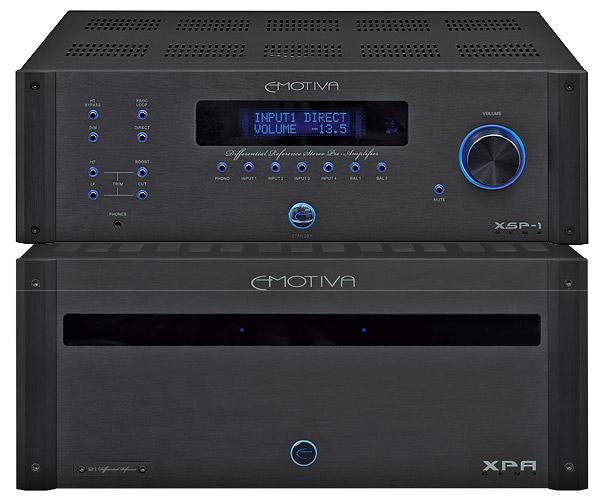Pre/Power Amplifiers
Sort By: Post Date TitlePublish Date
|
Jul 30, 2019 |
First Published: Mar 01, 1990
|
Jul 23, 2019
|
Apr 26, 2019 |
First Published: Aug 01, 1989
|
Oct 01, 2018
|
Oct 01, 2018
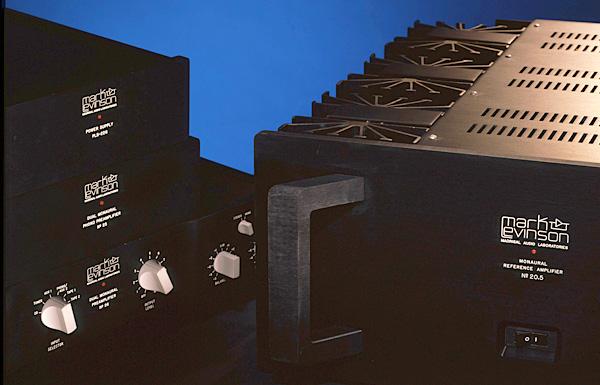
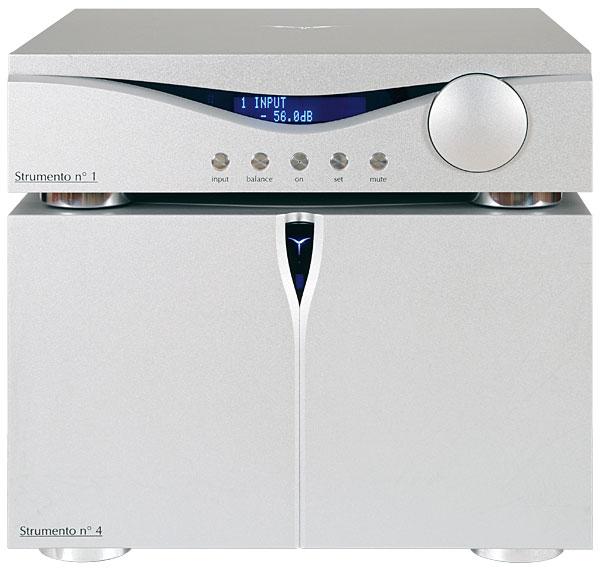
 Very much hi-fi on the grand scale, this Italian-made pre/power amplifier combination is a sweet-sounding heavyweight with more than sufficient output to match its size
Very much hi-fi on the grand scale, this Italian-made pre/power amplifier combination is a sweet-sounding heavyweight with more than sufficient output to match its size

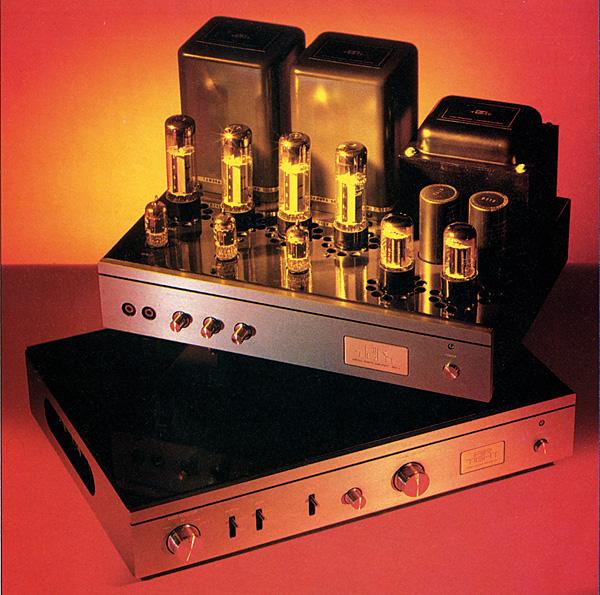
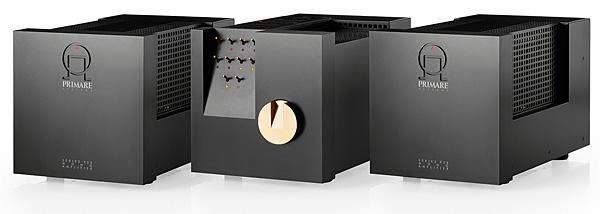
 Sometimes you rediscover a classic once so far ahead of the curve that it cuts a dash to this day – and we're not just talking style but sound. Is this '80s amp one of them?
Sometimes you rediscover a classic once so far ahead of the curve that it cuts a dash to this day – and we're not just talking style but sound. Is this '80s amp one of them?
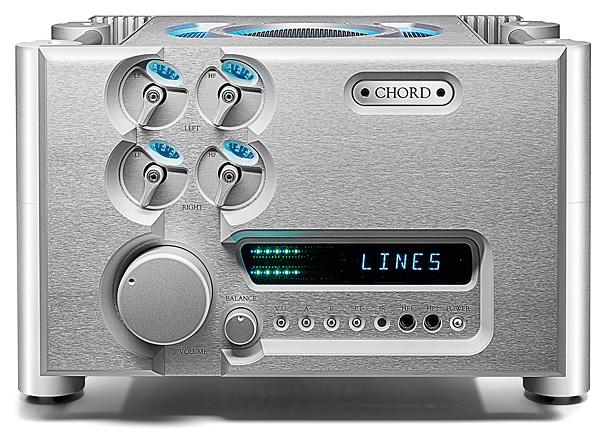
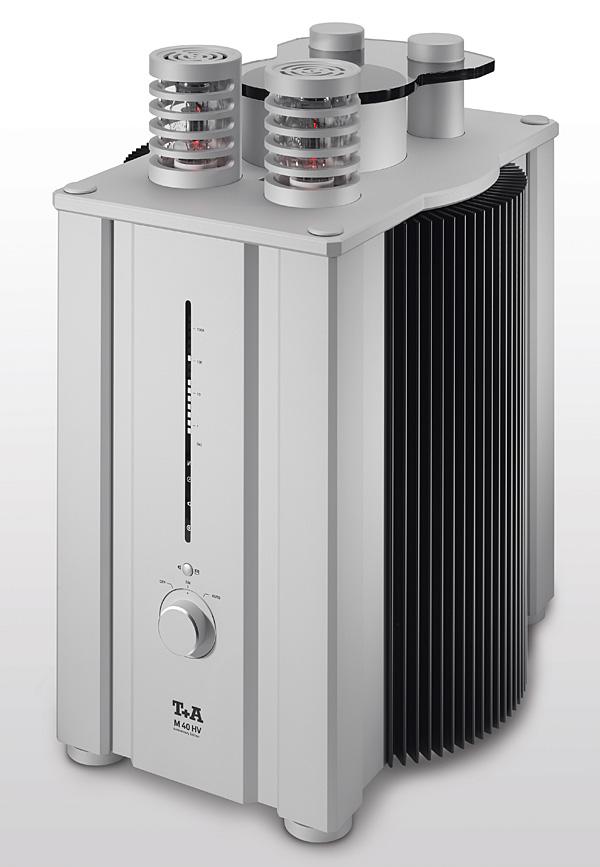
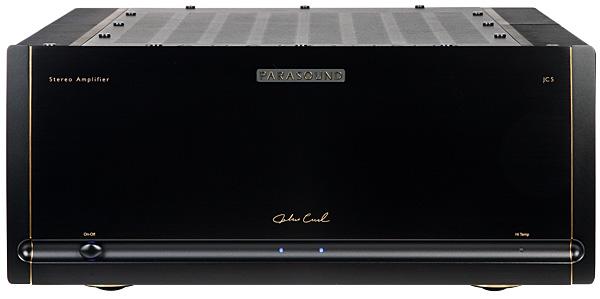

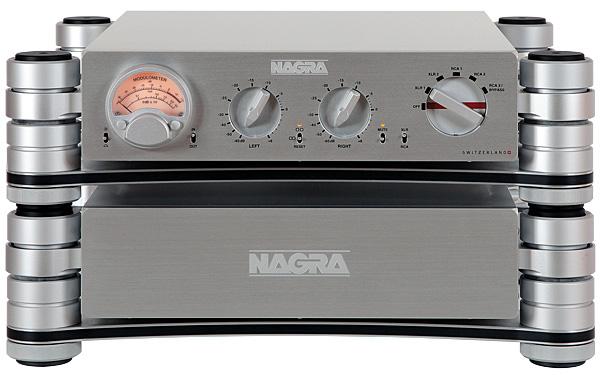
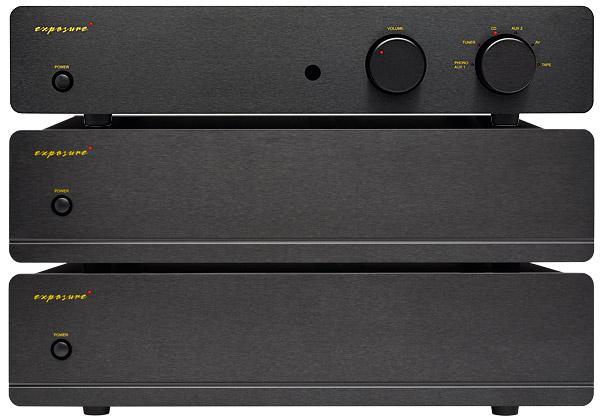
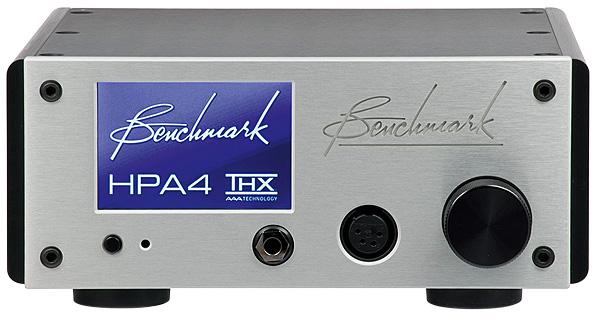
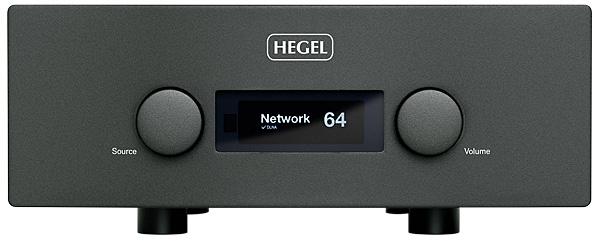

 This neatly packaged, sleekly-styled Scandinavian integrated offers DAC and streaming functionality, plus a very fine sound thanks to its proven Class D power amp modules
This neatly packaged, sleekly-styled Scandinavian integrated offers DAC and streaming functionality, plus a very fine sound thanks to its proven Class D power amp modules
